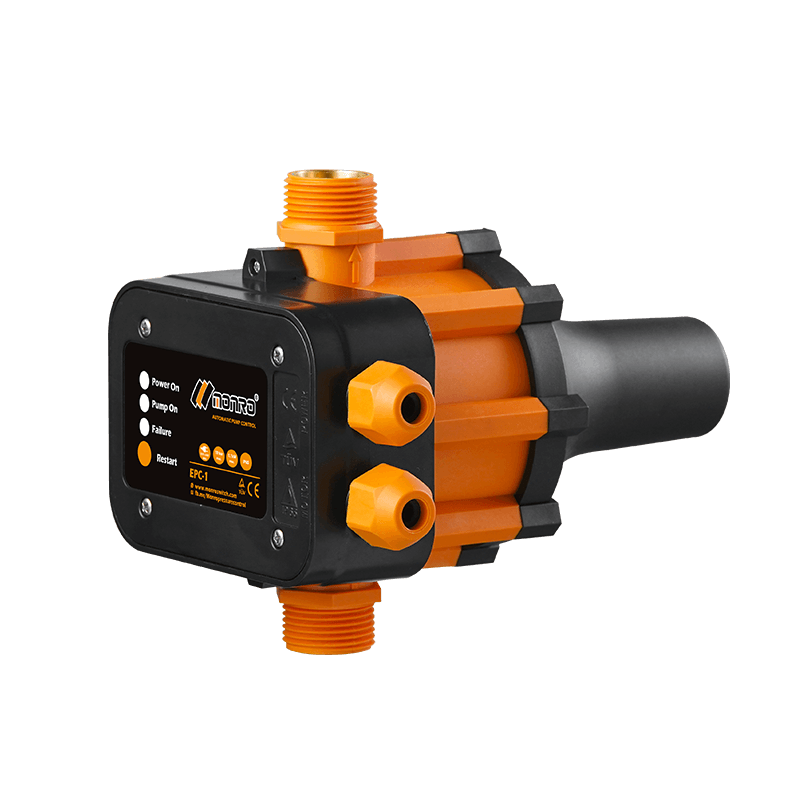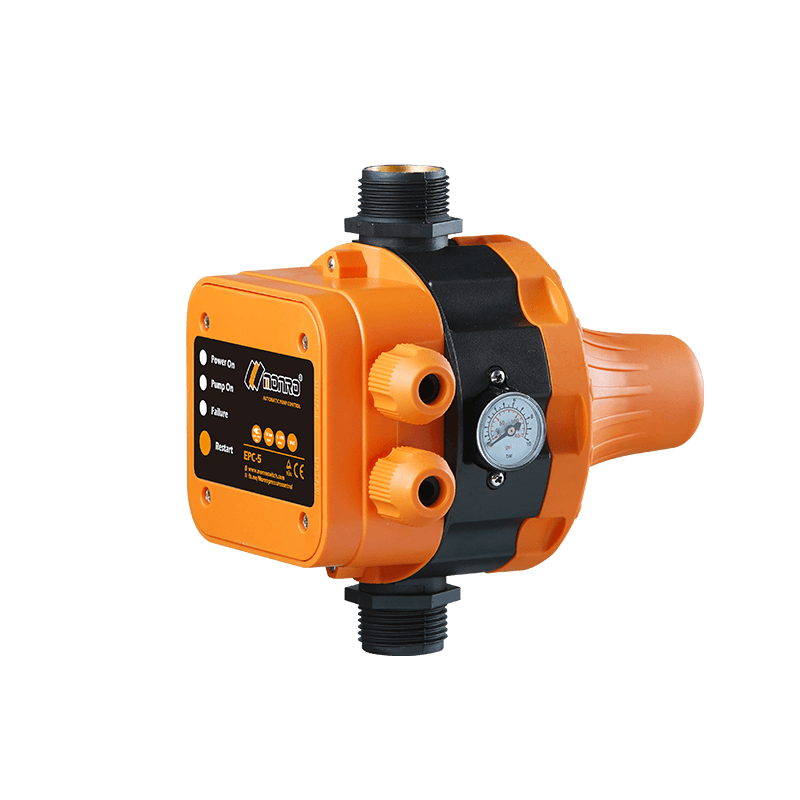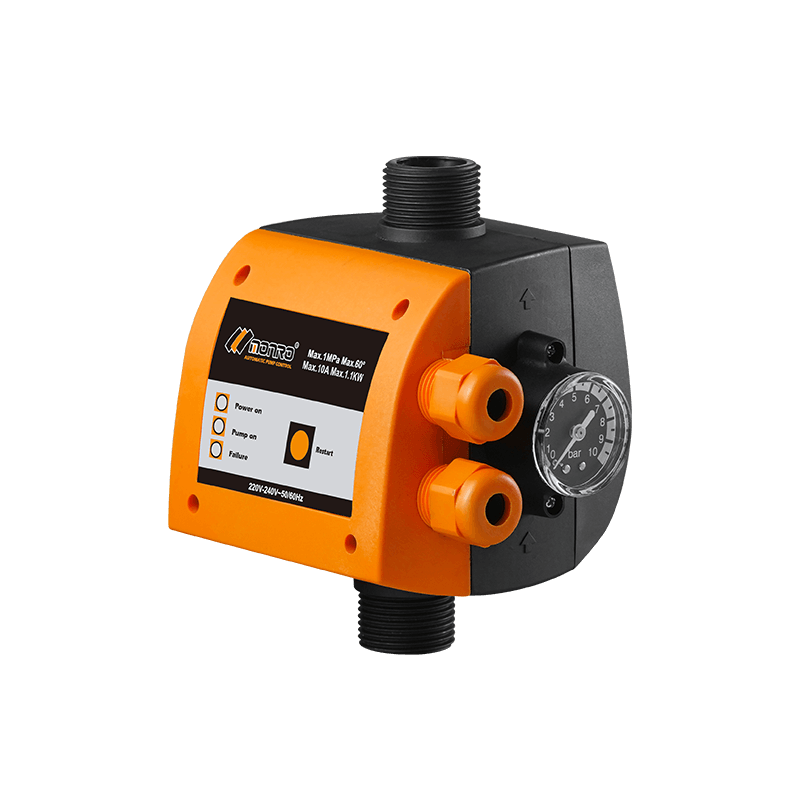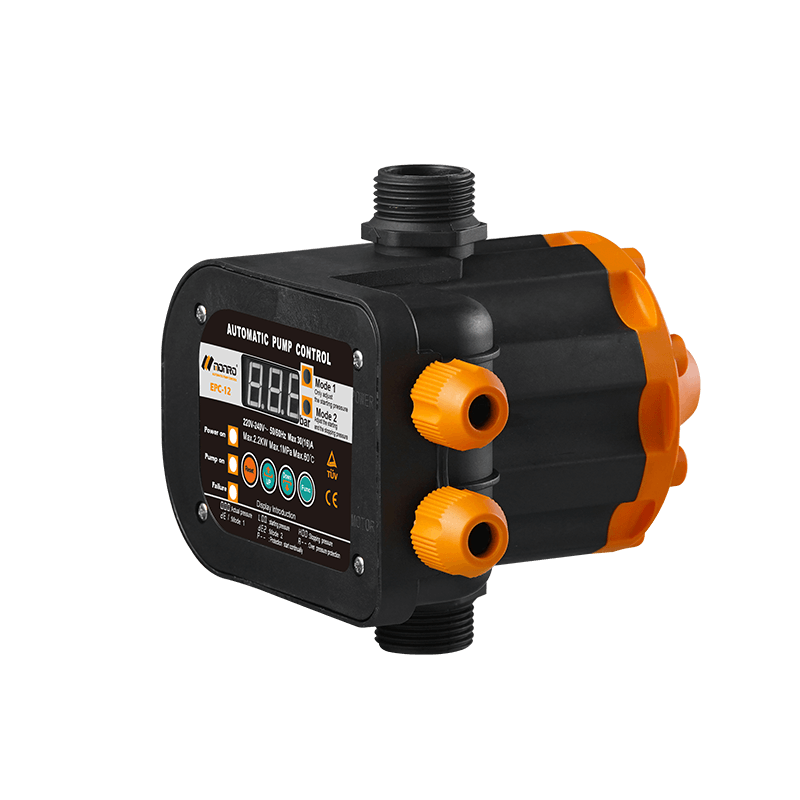Don't hesitate to send a message
Web Menu
Product Search
Exit Menu
Understanding the Working Principle of China Pressure Switch
Sale OEM High Quality China Pressure Switch Manufacturer
The China Pressure Switch, a critical component in various industrial and commercial applications, is designed to monitor and control pressure levels within a system. Its precision and reliability are paramount in ensuring the safe and efficient operation of machinery and processes. This article aims to provide a detailed exploration of the working principle of the China Pressure Switch, highlighting its significance in modern industrial practices.
The fundamental operation of a China Pressure Switch is based on the principle of pressure measurement and control. It functions by sensing the pressure within a system and converting this mechanical pressure into an electrical signal. This conversion allows for the monitoring and regulation of pressure levels, which is essential for maintaining performance and preventing system failures.
At the core of the China Pressure Switch is a pressure-sensitive diaphragm, which is exposed to the pressure of the fluid or gas within the system. When the pressure increases or decreases, the diaphragm deflects accordingly. This deflection is then translated into a mechanical movement, which is connected to a switch mechanism within the China Pressure Switch.
The switch mechanism is designed to operate in two primary modes: normally open (NO) and normally closed (NC). In the normally open configuration, the switch is open-circuited when there is no pressure applied, and it closes the circuit when the pressure reaches a predetermined set point. Conversely, in the normally closed configuration, the switch is closed-circuited under no pressure and opens the circuit when the pressure threshold is exceeded.
The China Pressure Switch is equipped with a microprocessor or a simple mechanical linkage that processes the movement of the diaphragm and actuates the switch accordingly. This actuation can trigger a variety of responses, such as activating alarms, shutting down machinery, or initiating safety protocols, depending on the application requirements.
One of the key advantages of the China Pressure Switch is its ability to provide real-time monitoring and control. By continuously sensing the pressure within a system, it can respond instantly to changes, ensuring that pressure levels are maintained within safe and operational limits. This capability is crucial in applications where pressure fluctuations can be due to catastrophic failures or significant inefficiencies.
Another significant feature of the China Pressure Switch is its adaptability. It can be calibrated to operate within a wide range of pressure values, making it suitable for diverse applications across various industries. From hydraulic systems in construction machinery to pneumatic controls in manufacturing processes, the China Pressure Switch provides a versatile solution for pressure monitoring and control.
The durability and reliability of the China Pressure Switch are also noteworthy. Constructed with robust materials and designed to withstand harsh environmental conditions, it ensures long-term performance and maintenance requirements. This durability is particularly important in industries where continuous operation and downtime are critical.
In conclusion, the China Pressure Switch operates on a simple yet effective principle of converting pressure into an electrical signal, which is then used to control and monitor pressure levels within a system. Its precision, adaptability, and durability make it an indispensable tool in various industrial and commercial applications. Understanding the working principle of the China Pressure Switch not only highlights its importance in maintaining system integrity but also underscores the need to select the appropriate switch for specific applications to ensure performance and safety.
-
 EPC-1
EPC-1Monro EPC-1 model pump controller is the classic and basic type, was loved by user in the global mar...
-
 EPC-3
EPC-3Monro EPC-3 spain design auto on and off press control, an intelligent and economical system designe...
-
 EPC-5
EPC-5Monro EPC-5 model automatic pump control, a device which assembled on the water pump (recommended si...
-
 EPC-9
EPC-9Monro EPC-9 model pressure controller, is a big power device for automatic control and protection of...
-
 EPC-12
EPC-12Monro EPC-12 smart top-level automatic pump control is a multi-function model combined with traditio...
-
 EPC-14
EPC-14Monro EPC-14 model pressure control is a big power device for automatic control and protection of el...
-
 EPC-15
EPC-15Monro EPC-15 model automatic pump control, a device which assembled on the water pump (recommended s...
-
 EPC-16
EPC-16EPC-16 is the new patent pump controller by Monro. Its key highlight is tooless (manual knob) start...
find our office
Committed to providing professional pressure control solutions for various types of water pumps and air compressors.

 简体中文
简体中文 English
English Español
Español

